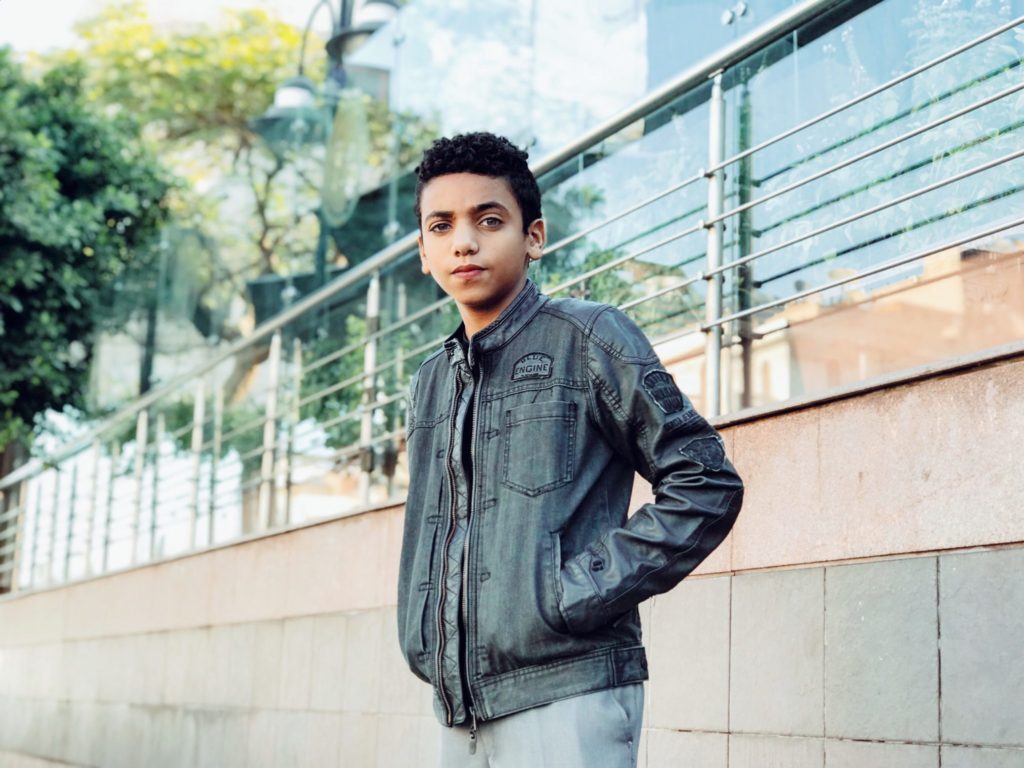If you have school-aged children, chances are that they’ve heard about or experienced school shootings. As of 2019, the count now stands at more than 220,000 children directly affected at 225 schools nationwide since the shooting at Columbine in 2000 sparked a horrific trend. Because of this, schools across the United States have implemented school lockdowns as a precautionary measure in response to an active threat directed to the school or in the surrounding community.

While schools now regularly take measures to ensure that students prepare by practicing school lockdown drills, parents need to have a discussion with their children about all of the aspects involving lockdowns. In this article, we’ll take a look at what to discuss with your children about lockdowns.
Lockdowns are Serious
Typically, students react to lockdowns as part of the usual school routine, much in the same way as a fire drill. Because of this, many children develop a flippant attitude towards lockdowns and the carnage that can result from them. As a parent, you want to instill a healthy fear of what can actually happen and the reality of the situation. There’s nothing worse than having been provided training in worst-case scenarios but missing out on valuable life-saving information.
On the other hand, if you have a child that is frightened with the reality of an active shooter event, lockdowns may trigger real fear and anxiety. Perhaps these children may have watched news programs about school shootings, or been disturbed by personal experiences of gun violence. Whatever the cause for their fear, it’s important to reassure children that lockdowns and lockdown drills are performed to keep them safe.
Furthermore, you should meet with your child’s school staff to talk about the best way to present and discuss lockdowns in an engaging manner. With all of the responsibilities that educators and staff deal with daily, ensuring children are aware of the seemingly-improbably event of a school shooting should be high-priority.
Where are the Exits?
Depending on the lockdown procedure, many students are instructed to stay inside classrooms and not make an attempt to escape. However, many shooters have been known to force open doors or use alternate entrance that leave students and teachers vulnerable despite their best attempts (unless schools use top protection methods, like Nightlock® Lockdown Door Barricades). Much like a fire that breaks out in the school, students need to be aware of how to safely remove themselves from danger if there is an opportunity to remove themselves from danger. Quiz your child about hypothetical exit strategies in different scenarios. For instance, if it appears that a shooter is stopping to reload, that may be the crucial time to make a break for it.
Communication in a Lockdown
Because of the real potential for panic to ensue, lockdowns typically move all school-related activities indoors to minimize any exposure to active threats. Also, depending on the type of lockdown, interior and exterior doors on school grounds may be locked. This means that no one is allowed to enter or exit the building(s). As you may be aware, parents may not come to the school during a lockdown—which can cause a panic in younger children. For many schools, parents are discouraged from calling the school directly. These calls have the possibility of hindering the ability of staff to adequately respond to the primary task: keeping everyone safe.
However, there is the question of calling your child’s phone directly during a lockdown. Most schools have a policy of not allowing direct calls unless there is an emergency, so you may want to come up with your own procedure with your child if they feel threatened during a lockdown. Also, remember that communicating during a real threat can actually make things worse, especially if your child is within hearing distance.
Last Resort
Depending on how imminent the danger is, your children may be left with no option other than fighting off the attacker. Fighting back is, of course, a last resort, considering that most children don’t have experience with emergency scenarios like these. However, fighting back and attempting to subdue the attack has worked in a number of active shooter scenarios, whether it was the efforts of Chris Mintz at the Umpqua Community College in Roseburg, OR or Bill Giffords’ efforts to tackle the shooter in Tucson in 2011.
Improvised weapons may also be an effective strategy, such as a fire extinguisher that can blind an attacker, or using improvised weapons (chairs, scissors, heavy paper weights, etc.). To this end, you may want to enroll your child in a martial arts/self-defense class so that they’re prepared when disaster strikes.


 The 10 Steps Needed for Putting School Security Into Action
The 10 Steps Needed for Putting School Security Into Action